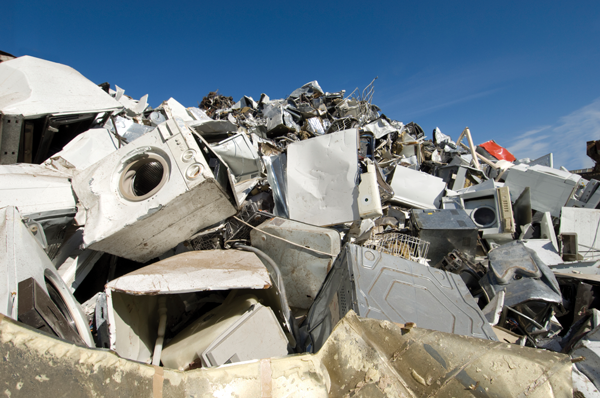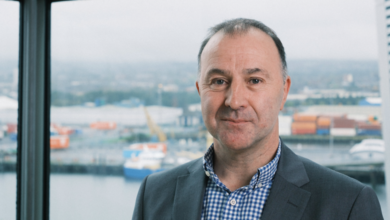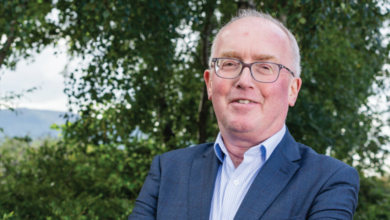New WEEE targets from 2016
European legislation on electrical waste will mean more demanding recovery rates from 2016.
A revised WEEE (waste electrical and electronic equipment) Directive came into force on 13 August and must be transposed by 14 February 2014.
Under the recast Directive, the collection targets for electrical waste have been increased. From 2016, 45 per cent of electrical and electronic goods placed on the market (by weight, averaged over the previous three years) must be collected. This increases to 65 per cent (or 85 per cent of WEEE generated) of material in 2019. The targets apply to all business-to-business and business-to-consumer purchases.
Member states have the option of using visible fees (showing the cost of collection, treatment and disposal at the time of purchase) and the scope of waste covered will be widened to cover, in principle, all equipment such as photovoltaic panels, equipment containing ozone-depleting substances and fluorescent lamps containing mercury. These materials will have to be collected separately and properly treated six years after the legislation takes effect.
Reform, which was initiated in 2008, follows the failure by the original Directive to fully achieve its objectives. Only one-third of WEEE is reported as separately collected and appropriately treated. The remainder is going to landfill and sub-standard treatment sites. The illegal trade of this waste to (and dumping in) non-EU countries remains a problem.
The current WEEE Directive, which was to have been transposed by August 2004, was transposed in the UK in 2006 and became operational in 2007. It introduced targets for collection, recycling and recovery. By 2009, a recovery rate of 4kg per person was to have been achieved by member states. The UK had an overall collection rate of 6.9kg per head of population in 2008. Northern Ireland’s collection rate for 2011 was 7.7kg per head of population.
Presently, responsibility for disposal rests with manufacturers or distributors (deemed producers if manufacturers are outside the country where goods are sold), who normally fulfil obligations through producer compliance schemes. Companies must also take back WEEE from private householders free of charge provided that it is of the equivalent type as that which was sold.
In 2011, 12,661 tonnes of WEEE were collected in Northern Ireland. Display equipment constituted the largest proportion (4,585 tonnes), followed by large household appliances (4,078 tonnes) and fridges and freezers (2,539 tonnes). Under the new Directive, producer responsibility is seen as a means of encouraging design and production of electrical goods in a way that fully takes into account and facilitates repair, upgrading, re-use, disassembly and recycling.
Customers will be able to return very small waste items (no more than 25cm) free of charge to retail shops with electrical and electronic sales-related areas of at least 400m2, or in their immediate proximity. The Directive also aims to encourage more re-use by setting out minimum requirements outlined for the shipment of used goods.
A 2008 review of the current Directive conducted for the Commission found large differences in performance by different member states per sub-category (e.g. large household appliances). It also found a need for consistency in legislative requirements across the EU and in registering and reporting activities. Authors claimed that “large numbers” of SMEs are “not even aware of their current legal obligations.”






